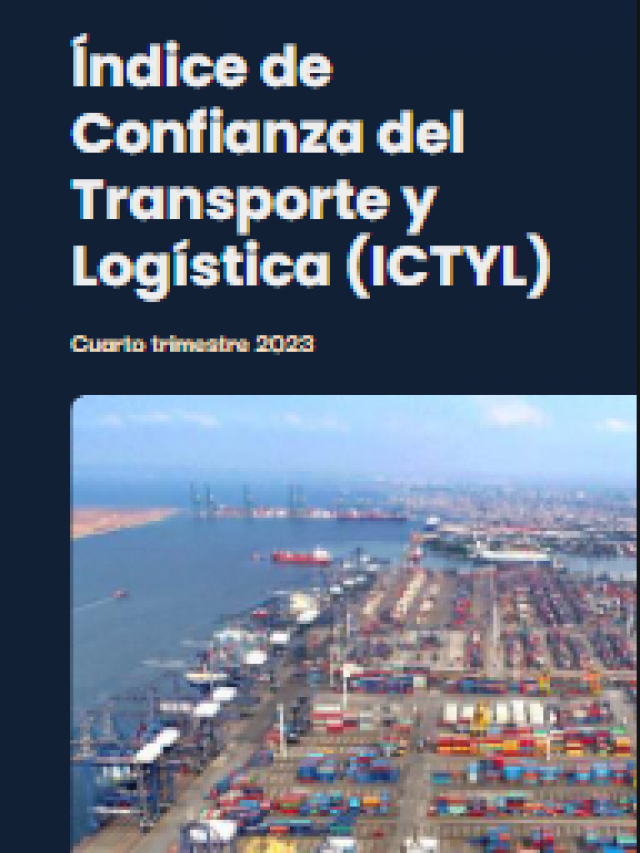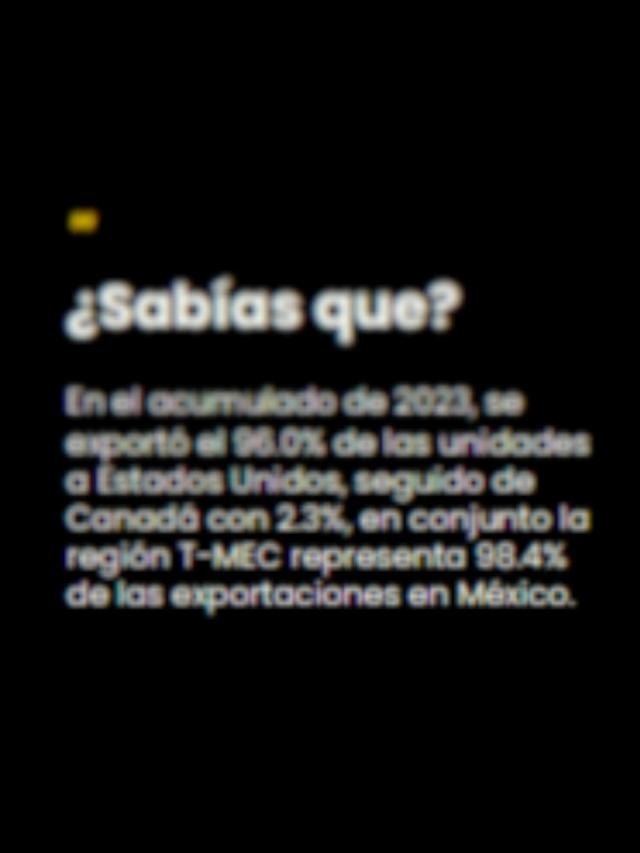
In a context in which the stability and capacity of the electrical grid have become critical factors for industrial development, the Government of Mexico recently presented the Plan for Strengthening and Expansion of the National Electrical System , which contemplates the addition of 29,074 megawatts to the installed capacity, with a total investment of 22,377 million dollars.
According to Jaime Román, Director of Finance at Quartux , this initiative responds to the need to solve problems that affect various sectors of the country , from blackouts in industrial centers to the saturation of substations in regions such as the Yucatan Peninsula.
Jaime Román highlighted in an interview that power grid failures have been observed in several industrial areas.
“Many industrialists are experiencing power outages or receiving energy of a lower quality than they were used to,” explained Román.
He also pointed out the limited transformation capacity of several substations of the Federal Electricity Commission (CFE) , which makes it difficult not only to increase the load for existing users, but also for new companies to enter the country .
These deficiencies put the daily operations of industries at risk and hinder economic growth.
In this regard, the director highlighted three major areas of this plan to this media: generation , transmission and distribution .
Each of these sections will receive substantial investments to ensure a more robust electrical grid capable of sustaining the accelerated growth expected in the country.
In terms of generation, 10 projects are planned to be inaugurated and a solar photovoltaic project in Puerto Peñasco is already in operation, and 16 new hydroelectric projects are planned to come into operation.
In addition, between 2025 and 2030, projects incorporating renewable technologies will be promoted , with seven wind energy projects and nine additional solar photovoltaic energy projects, many of which will be developed on sites for the conversion of plants that previously used coal or natural gas.
Regarding transmission , an essential aspect for connecting generation with end users, 80 projects in progress and 65 new projects have been identified.
“The investment in transmission is especially significant, because there is no point in having modern generation plants if the energy cannot be transported efficiently to where it is needed. Investment in transmission has increased considerably compared to the previous six-year term, recognizing the importance of this link in the electrical chain,” said Román.
Finally, distribution will focus on improving the conditions of substations and transformation equipment and ensuring that energy reaches industries, businesses and homes in a stable manner.
Jaime Román pointed out that one of the most important challenges identified is financing and securing the necessary resources and distributing them strategically.
Coordination between the federal government, states and municipalities will be crucial to identify the areas of greatest need and expedite the processing of permits, the director said.
He also pointed out that successful experiences in states such as Querétaro, where work has been done hand in hand with CFE to address investments in data centers , serve as an example of how collaboration can facilitate the process.
Furthermore, the outlook that Quartux envisions for the electricity sector points to a mixed generation matrix, in which renewable energies and combined cycle plants based on natural gas coexist, optimising efficiency and reliability.
The trend toward developing microgrids, in which users generate and consume their own energy with storage systems, also promises to transform the traditional distribution model, Jaime Román said.
Comment and follow us on X: @jenna_GH_ / @GrupoT21














